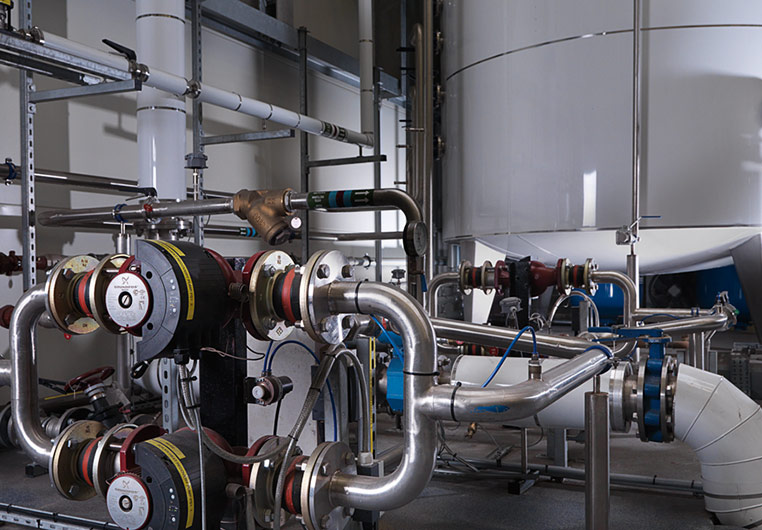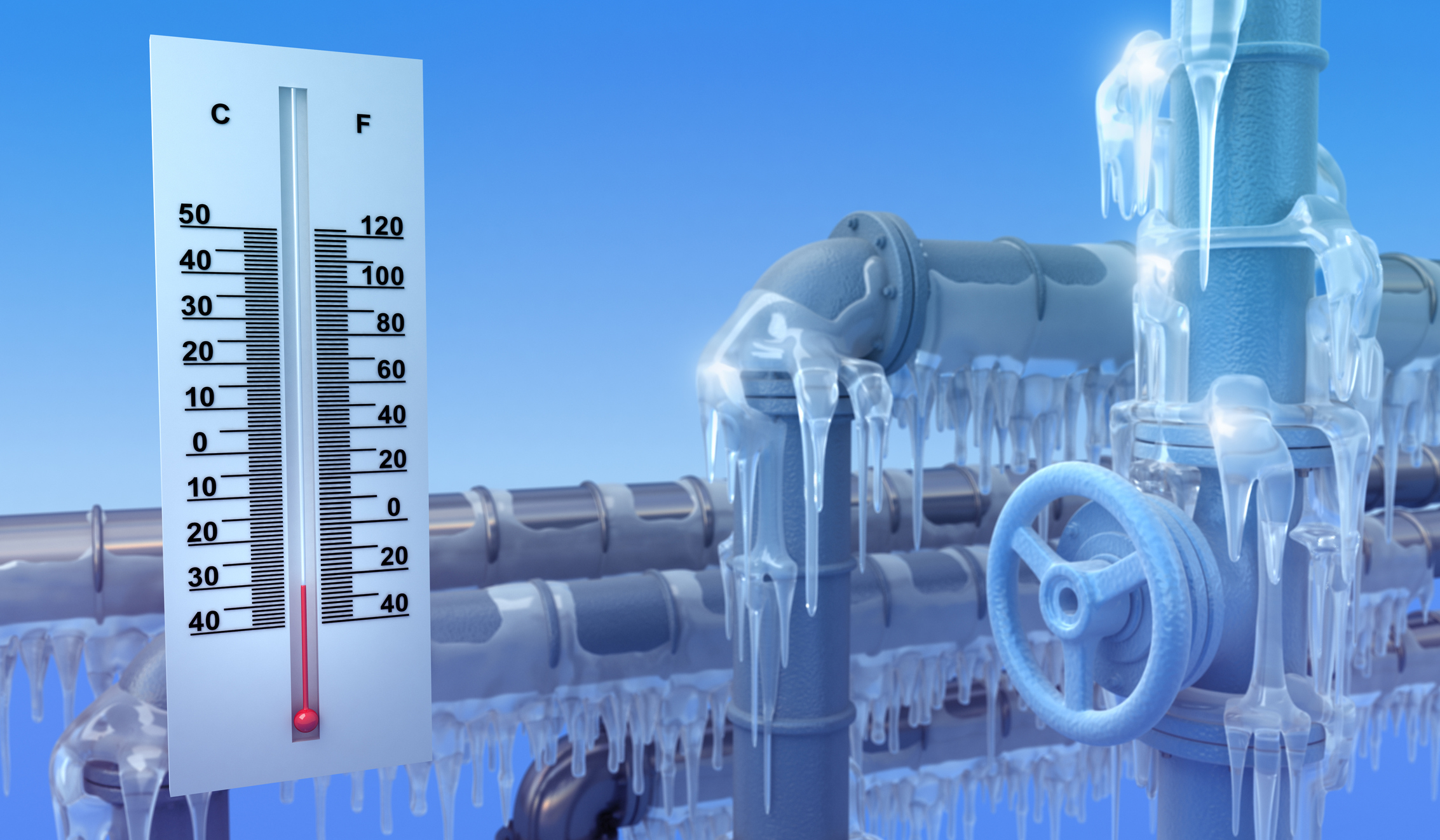Which Impeller Do I Need To Maximise System Efficiency?
 Posted on 30th May, 2018 by Dura Pump
Posted on 30th May, 2018 by Dura Pump 
When it comes to impellers there is no one size or type that fits all applications. With several different impellers available, we’ve summarised the main types to make your decision easier!

Channel Impeller (AKA High Head Closed Channel Impeller)
A Channel Impeller works directly on the pumped liquid with the liquid passing through the impeller itself. It can be described as a closed, semi-open or open impeller. The impeller can have one or more channels of varying size, allowing for the free passage of impurities up to a particular size. Liquid with a high sand content will cause problems with clearance, but when specified correctly this impeller type can have efficiencies as high as 80-85%.
Applications: Channel Impellers are typically used for sewage and stormwater, particularly when there is a high flow and a high head application. Pump stations are used where the movement of liquid between tanks is a problem, such as pumping sewage into a drainage system, learn more about our Pump Stations.
Vortex Impeller

The Vortex Impeller creates a revolving mass of water which forms a whirlpool. The benefit of a Vortex Impeller over a Channel Impeller is the minimised risk of clogging. They’re also a better choice when the pumped liquid has a high content of sand. The efficiency of a pump with a Vortex Impeller is typically lower than one with a Channel Impeller.
Applications: Vortex Impellers are typically used for sewage & stormwater, particularly when dealing with a high sand content.
Grinder Impeller
A Grinder impeller is typically found in a centrifugal pump equipping it with a grinder system at the pump inlet, which cuts larger particles and fibres into a homogeneous wastewater mass. This reduces the risk of clogging in the pump and  the pipe system is reduced to a minimum.
the pipe system is reduced to a minimum.
A Grinder impeller is ideal for pump systems with smaller pipe diameters, where the flow is typically lower, however, this impeller type is not suited to pumping media with a high content of sand and they consist of more wearing parts, therefore requiring additional ongoing maintenance and spares. It’s incredibly important that you maintain your pumps.
Applications: Grinder impellers are typically used for sewage when there’s a high head application or small pipework size.
S-Tube Impeller
One of the biggest challenges facing the wastewater industry in recent years has been to decide whether to select a pump that delivered energy-efficient performance or free passage. The Grundfos S-tube® is the only impeller available in the wastewater market that does not compromise hydraulic efficiency or free passage through the pump, with no cutting or moving functions that can get worn over time ensuring a constant, superior efficiency over time.
wastewater market that does not compromise hydraulic efficiency or free passage through the pump, with no cutting or moving functions that can get worn over time ensuring a constant, superior efficiency over time.
The S-tube impeller is a tube-shaped impeller placed in a pump housing that matches the smooth tube shape through the entire pump with no obstructions or dead zones through the hydraulic.
Applications: S-tube Impellers are typically used for Sewage and wastewater.
Screw Impeller
The screw impeller has gentle handling characteristics combined with exceptionally large free passages with excellent solids handling capability which leads to the use being applied to a much wider range of applications. The impeller  comprises a single spiral vane, which makes a long slow turn from the axial inlet to the radial outlet, this design provides optimum hydraulic performance.
comprises a single spiral vane, which makes a long slow turn from the axial inlet to the radial outlet, this design provides optimum hydraulic performance.
A Screw Impeller has the ability to pump raw unscreened sewage very well and is able to comfortably handle sludges and slurries. It is very versatile in its application, the impeller provides efficient handling of a range of liquids, often highly abrasive or even corrosive in nature.
Applications: Screw Impellers are typically used for solids handling, pumping viscous sludges, handling delicate or low shear products, and chemical and corrosive applications.

Propeller
Propellers are used for pumping high volumes of water at low heads. Propellers and impellers both provide thrust, but do it in different ways. A propeller “impeller” is effectively a fan which propels the fluid by pushing against it. A  conventional type of impeller is a rotor that produces a sucking force. These can easily be confused with agitators or mixing units.
conventional type of impeller is a rotor that produces a sucking force. These can easily be confused with agitators or mixing units.
Applications: Propellers are typically used for waterslides and river dewatering.

Mixed Flow Impeller
The term “mixed flow” describes a direction that is halfway between axial (along the axis) and radial (perpendicular to the axis). In the case of centrifugal pumps, the term “mixed flow” means that the fluid flowing in the  impeller gets transported in a semi-axial direction. The design develops pressure and head through centrifugal and axial forces. Mixed flow impellers are also known as diagonal impellers.
impeller gets transported in a semi-axial direction. The design develops pressure and head through centrifugal and axial forces. Mixed flow impellers are also known as diagonal impellers.
Applications: Mixed Flow Impellers are typically used when a high head and high flow installation is required and is typically used in high-rise buildings.

Sand/Slurry Impeller
Mixed Flow Impellers are used for pumping abrasive liquids, sands and slurries. They typically come in varying materials depending on the level of abrasion required to withstand and the type of material it will handle. Materials that are most commonly used can be High Chrome, Ceramic, Rubber, and Polyurethane.
Applications: Mixed Flow Impellers are typically used for mining and dewatering.








